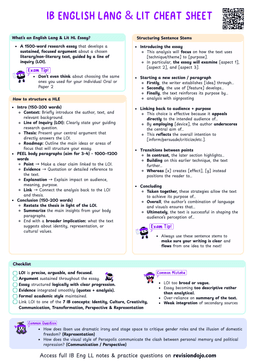Biomagnification Amplifies Toxins Through Food Chains
Biomagnification occurs when toxic substances increase in concentration as they move up trophic levels, posing significant risks to top predators.
Biomagnification
Biomagnification is the increase in toxin concentration at each successive trophic level in a food chain.

These toxins are not easily broken down or excreted, causing them to accumulate in organisms over time.
How Biomagnification Occurs
1. Pollutants Enter the Environment
Toxins like DDT and methylmercury are introduced through human activities such as industrial waste, agriculture, and pollution.

2. Absorption by Producers
Primary producers (e.g., plants or algae) absorb these toxins from the environment.
3. Bioaccumulation in Consumers
- Herbivores ingest the producers, storing the toxins in their tissues.
- This process is called bioaccumulation, where toxins build up in an organism over its lifetime.
4. Magnification at Higher Trophic Levels
- Predators consume multiple prey, concentrating the toxins further.
- At the top of the food chain, organisms have the highest toxin concentrations due to their position.
- Think of toxins as interest accumulating in a bank account.
- The more deposits (prey consumed) added over time, the greater the balance (toxin concentration) grows.
- Similarly, toxins build up and magnify at each level of the food chain.
Why Do Pollutants Biomagnify?
- Persistence in the Environment: Pollutants like DDT and mercury do not degrade easily, allowing them to remain in ecosystems for long periods.


